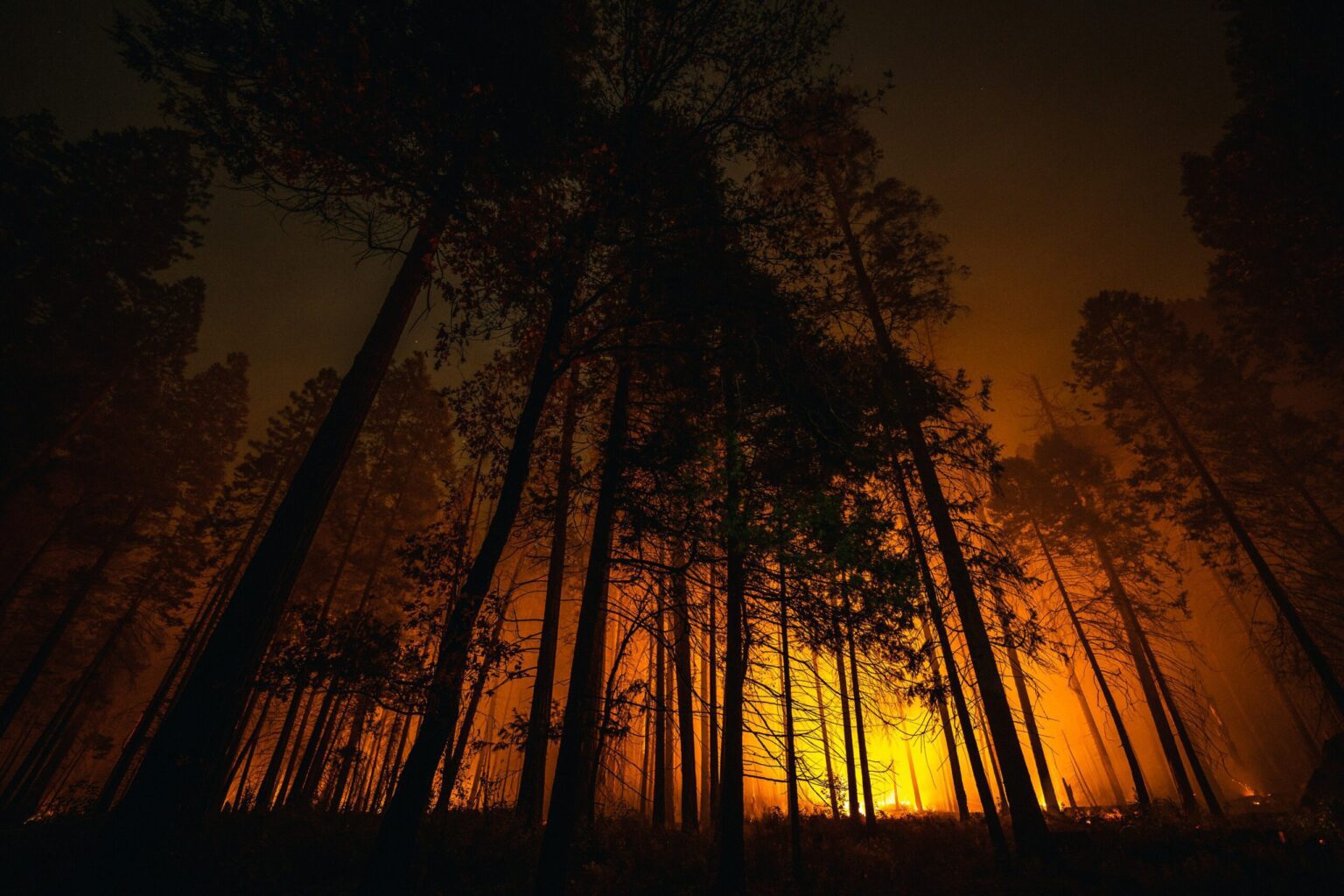Unprecedented Heatwaves and Record Temperatures
July 2023 marked one of the hottest summers on record, with the Northern Hemisphere experiencing its highest temperatures in over 2,000 years. According to a study published in Nature, the summer of 2023 was 2.1°F (1.2°C) warmer than any summer in the last two millennia. This alarming statistic was determined through the analysis of over 10,000 tree rings, which confirmed the severity of the heatwave. The extreme temperatures contributed to a marked increase in the frequency and intensity of wildfires across North America, Europe, and parts of Asia, compounding the devastating effects of climate change.
Wildfires Rage Across North America, Europe, and Asia
Canada faced its worst wildfire season in history, with wildfires sweeping across millions of acres of forest in Quebec and other provinces. The fires were fueled by the combination of heat, dry conditions, and high winds, making them especially difficult to control. In Europe, countries like Greece and Spain experienced massive wildfires, forcing large-scale evacuations and threatening the destruction of homes, businesses, and entire communities. Thousands of firefighters were deployed across the continent, battling blazes that were intensified by the ongoing heatwave. In some cases, firefighting efforts were hampered by the extreme conditions, with high winds and scorching temperatures making it near impossible to contain the fires.
Parts of Asia also felt the brunt of the wildfires, particularly in regions experiencing both intense heat and drought. These fires left destruction in their wake, further exacerbating the environmental toll caused by the rising temperatures.
The Human Cost of Extreme Heat
In southern Europe, the heatwave resulted in a tragic loss of life. Over 47,000 people were reported to have died from heat-related causes, with the highest casualties occurring in Italy, Spain, and Portugal. In these countries, temperatures soared above 45°C (113°F), pushing emergency services and hospitals to their limits. Heatstroke victims flooded medical facilities, and many people, especially the elderly and vulnerable, struggled to survive the sweltering conditions.
In Spain, the government declared a state of emergency in several regions to mobilize additional resources and provide aid to the affected populations. The overwhelming demand for assistance highlighted the severity of the situation, as communities across southern Europe faced unprecedented challenges brought on by the extreme temperatures.
A Climate Crisis in the Making
Experts warn that the heatwaves and wildfires of 2023 are not isolated events but rather the beginning of a future characterized by more frequent and intense climate-driven disasters. Scientists agree that these extreme weather events are a direct consequence of global warming, driven by the continued rise in greenhouse gas emissions. If current trends continue, the planet is likely to experience even higher temperatures and more devastating wildfires in the years to come. This grim reality underscores the urgent need for governments, corporations, and individuals to take aggressive action to reduce carbon emissions and mitigate the impact of climate change.
A Call to Action
The crisis of 2023 serves as a stark reminder that the effects of climate change are no longer distant threats—they are here, and they are escalating. The record heat and widespread wildfires highlight the growing vulnerability of communities, ecosystems, and economies to the changing climate. Governments and organizations around the world must respond with bold policies, increased investments in clean energy, and global cooperation to address the root causes of climate change and reduce the devastating impacts on future generations. The summer of 2023 may be remembered as a turning point in the fight against climate change, galvanizing action on a scale needed to ensure a livable planet for all.
